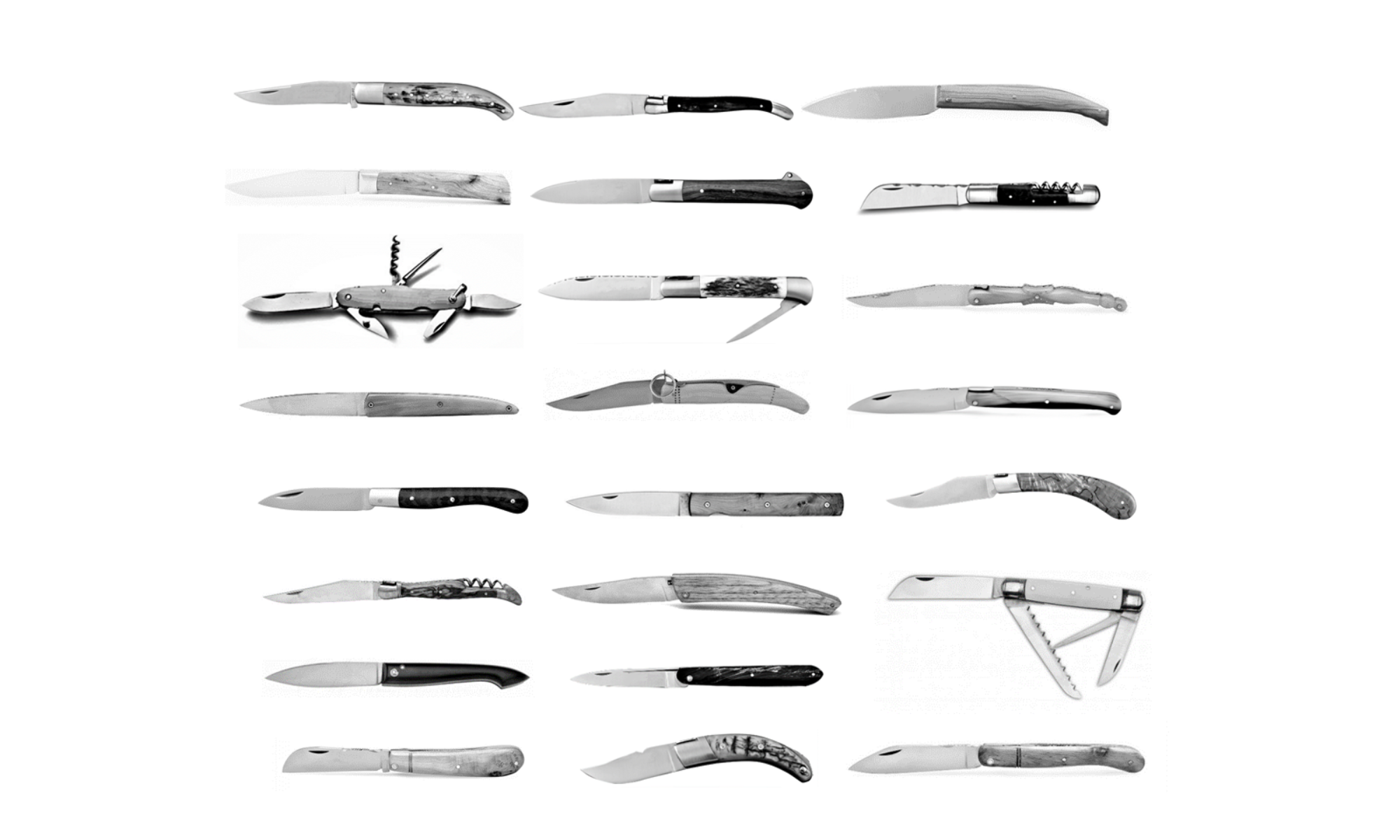
The Colonial knife was born in 1873 from specifications from the French war ministry. It was an attempt to provide a utility knife to the troops.

It was the very first folding knife officially adopted by the French armed forces.

The term “colonial” comes from the fact that it was first adopted by the colonial troops, before the Navy.

The description was pretty simple:
– A 9cm (3.55in) blade in the sheepfoot style for a total length of 20.5cm (8in) when open
– A steel spring for the slip joint mechanism, with a hole at the bottom to fix a lanyard.
– 2 wooden sides riveted to the steel liners.
The pins were often mounted on rosettes, to avoid breaking the handle.


The description added a rounded tip blade in 1939, the last year of the knife being distributed to the troops.
The knife is like a sailor knife, with its typical sheepfoot blade, supposedly to avoid stabbing in case of a fight between two soldiers.
Pradel-Chomette was the first and most prolific manufacturer, but many others provided the knife.

Its official distribution to the troops stopped in 1939, but the type was simple, cheap, sturdy and popular and its fabrication lasted until the late 1960’s for the civilian market.


A good example of a simple yet sturdy sailor knife!



























